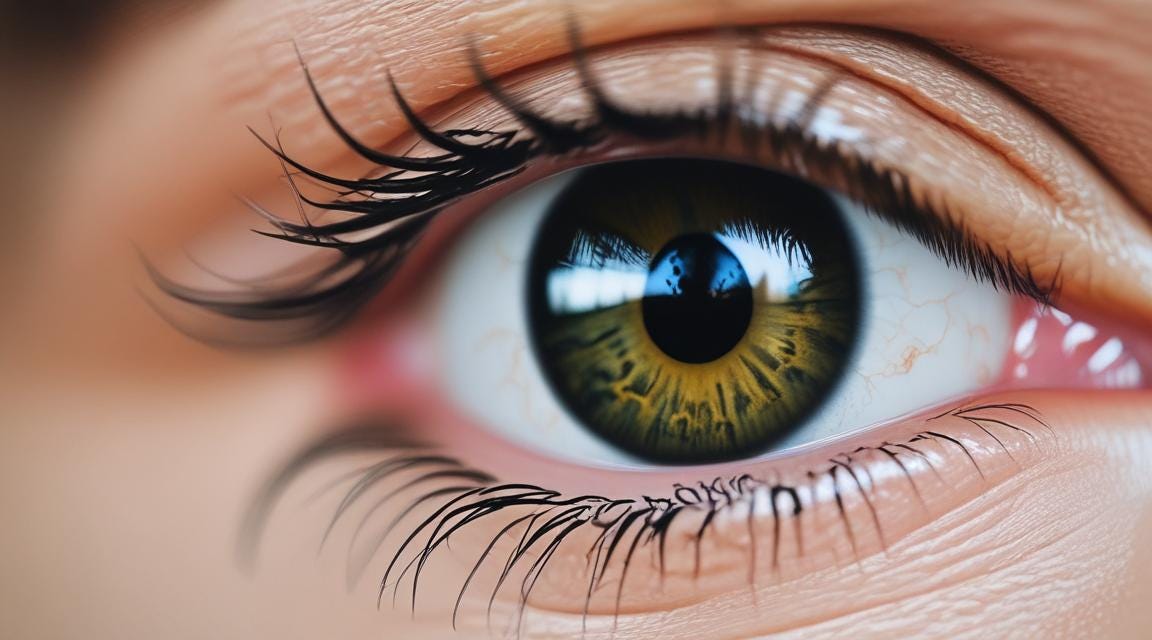Dry eyes are a common problem that can cause discomfort, irritation, and even impact your quality of life. Whether it’s due to aging, environmental factors, prolonged screen time, or underlying health conditions, finding relief is essential. Artificial tears, or lubricating eye drops, are one of the most effective ways to alleviate dry eye symptoms. But with so many options available, how do you know which one is right for you? In this blog, we’ll explore the best types of artificial tears, what to look for when choosing an eye drop, and how to use them effectively.
I recommend to all my patients to use ozone eye drops but it involves having to ozonate your eye drops daily once a day, usually in the monring and use it during the day. Ozone eye drops only last for one day so you will need to ozate the eye drops every morning. I recommend using medical grade saline solution without any preservative, so the ozonated eye drops are very soothing to the eye.
For the patients who choose not to use ozonated eye drops, I can recommend the following aritifical tears to help relieve your eye discomfort.
Understanding Artificial Tears
Artificial tears are eye drops designed to lubricate dry eyes and mimic the natural tears your body produces. They help to restore moisture, reduce irritation, and maintain a healthy tear film, which is essential for clear vision and comfort.
Types of Artificial Tears:
Preservative-Free Drops: These drops are ideal for people who need to use eye drops frequently throughout the day. They come in single-use vials and are less likely to cause irritation, especially for those with sensitive eyes.
Preserved Drops: These contain preservatives to prevent bacterial growth, making them last longer once opened. However, frequent use of preserved drops often lead to irritation, so they are best for occasional use.
Drops for Severe Dry Eye: These are thicker and provide longer-lasting relief by coating the eye surface more thoroughly. They are ideal for people with chronic dry eye or severe symptoms.
Gel Drops: Gel drops are thicker than regular artificial tears and offer prolonged relief. They are often used before bed, as they can cause temporary blurring of vision.
Top Artificial Tears to Consider
When choosing artificial tears, it’s important to consider the severity of your symptoms, how often you’ll be using the drops, and any specific sensitivities you may have. Here are some of the best artificial tears available, each suited for different needs:




